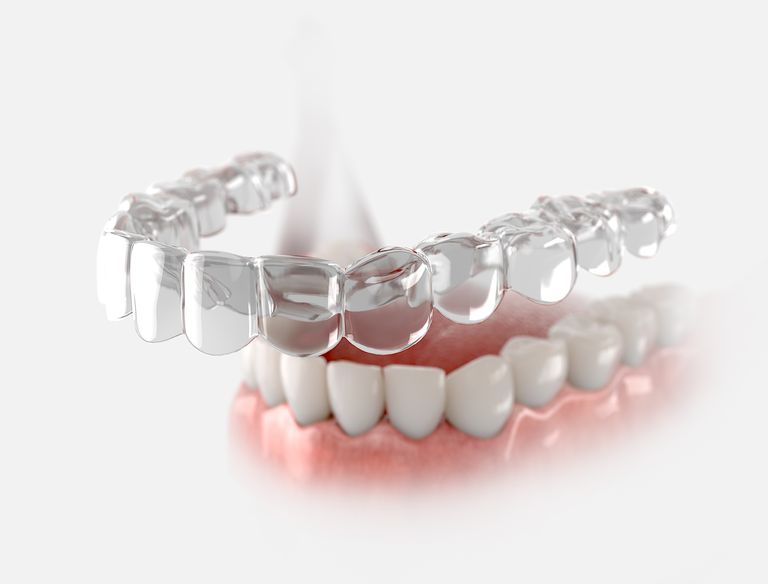Unveiling Invisible Dental Aligners

In today's dental landscape, Invisible Dental Aligners emerge as a discreet solution for orthodontic needs. Understanding their significance is paramount for both practitioners and patients alike, given their transformative impact on dental care.
Invisible Dental Aligners have evolved from traditional braces, offering a more aesthetically pleasing and comfortable alternative. Originating from the early 2000s, these aligners have undergone significant advancements in material technology and treatment efficacy. Their rising popularity stems from the growing demand for non-invasive orthodontic solutions, especially among adults seeking discreet teeth straightening options.
Convenient Orthodontic Treatment: Invisible Dental Aligners offer the convenience of removable trays, allowing patients to maintain oral hygiene easily.
Aesthetic Appeal: Unlike traditional braces, these aligners are virtually invisible, providing a discreet treatment option favored by adults and professionals.
Personalized Treatment Plans: Each aligner is custom-made to fit the patient's teeth, ensuring a tailored treatment approach for optimal results.
Comfort and Reduced Discomfort: Made from smooth plastic, Invisible Dental Aligners eliminate the discomfort associated with metal brackets and wires.
Treatment Visibility: With the aid of 3D technology, patients can visualize the projected outcome of their treatment, enhancing satisfaction and compliance.
Addressing Mild to Moderate Orthodontic Issues: Invisible Dental Aligners effectively correct a wide range of orthodontic concerns, including crowding, spacing, and mild bite irregularities.
A study published in the Journal of Clinical Orthodontics found that patients treated with Invisible Dental Aligners reported higher satisfaction rates compared to those with traditional braces, citing comfort and aesthetics as significant factors.
Case studies have demonstrated successful outcomes with Invisible Dental Aligners, showcasing their effectiveness in achieving desired tooth movements without the visibility of traditional braces.
